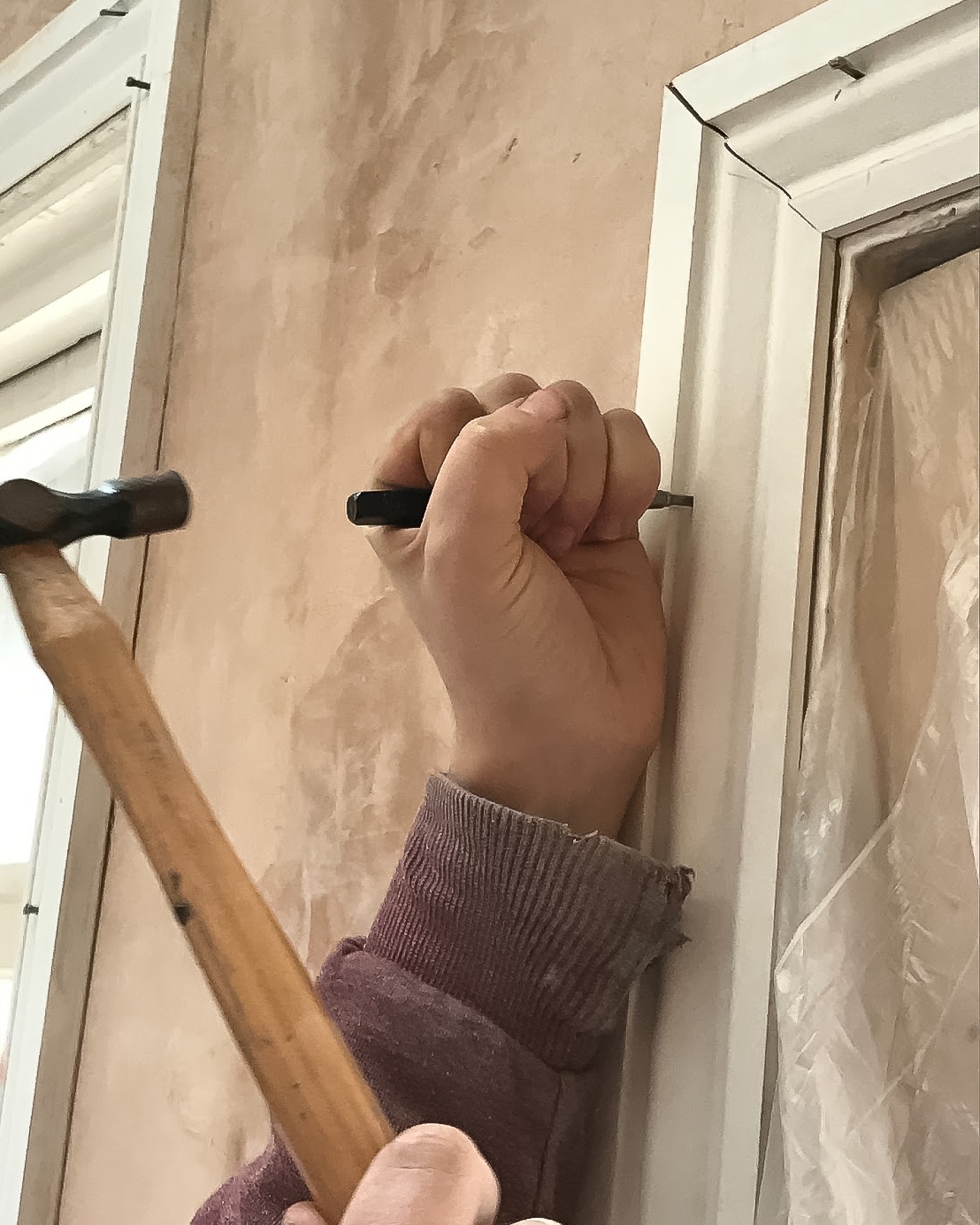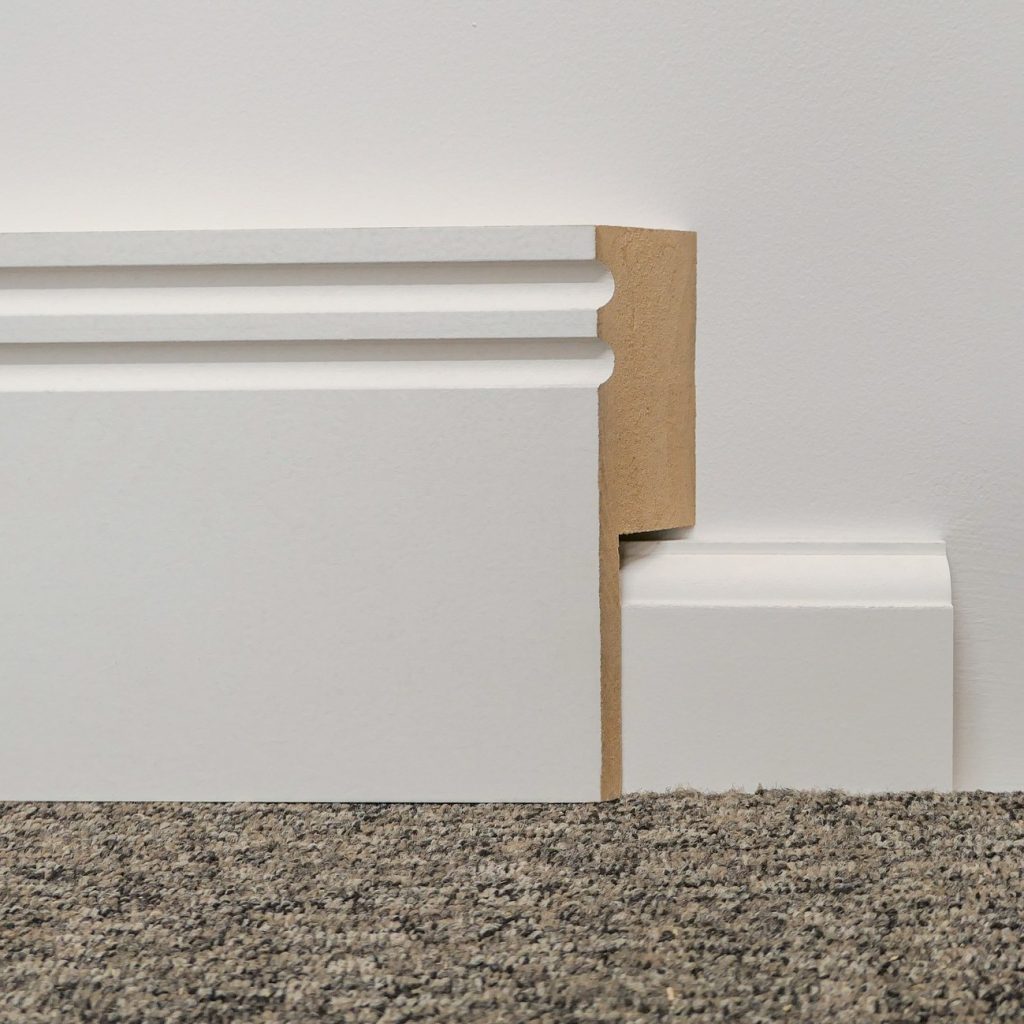Faux finishing, also known as faux-finishing is a technique that uses the use of texture and color to recreate the appearance of natural materials, such as marble, wood and concrete. Expert artisans use techniques that are based on deep understanding of chemical properties, materials and visual perception.
Homepolish designer Tali Rot applied a faux-concrete finish by Concrete Studio 7 By i-Faux for her laminate counter-tops. The final product looks and feels like concrete.
Realistic concrete texture
Concrete is used to create interior and exterior surfaces. The rough texture gives authenticity and personality to any design project. There are a variety of techniques that can be used to create realistic textures. They include brushed finishes stamped concrete, and exposed aggregate. Each of these techniques creates a unique appearance and feel to the concrete. Each method has advantages and disadvantages, but can be used to produce unique concrete finishes.
Rough concrete wall textures showcase the rawness and natural beauty of the material with a coarse and uneven appearance. The texture is usually created through the curing and casting process, or intentionally left unfinished to offer an authentic industrial style. These textures add authenticity and depth to virtual environments as well as architectural renderings.
It is crucial to select the appropriate concrete texture whether you’re looking to install it for a wall in your living room or an outdoor patio, or an exterior of your building. In order to select the appropriate texture, you must consider the concrete’s primary role and where it’ll be placed. For instance rough concrete works well for driveways and patios because it provides more grip and is durable.
Faux finishing can be applied to almost any surfaces. It is a popular and flexible. By using a variety of methods, such as applying concrete overlays and applying stencils and stains that are decorative to transform your concrete surface into stone, tile, wood, carpet, and more.
DIY concrete look
Concrete walls are popular in the present, and for great reason. The raw industrial style instantly improves curb appeal for any room. It also provides an edgy and cool look. It can be expensive to construct. Luckily, there are plenty of DIY ways to achieve the concrete look without breaking the bank.
Another method involves applying concrete-like paint using the use of a small brush, sponge or feather to create a fake stone appearance. The result is slightly more textured than concrete stains and can appear like various types of stones. Another option is using a concrete-look grout that has larger particles than typical cement, and has a more mottled appearance. This process is more labor intensive, but produces something that is more similar to concrete.
In addition, you can apply a squeegee coat of Super-Krete Bond-Kote to the concrete surface and then paint it with the concrete stain you want. This method is very smooth and simple to maintain however it will take some artistry to get the look you want.
If you don’t want to spend a fortune on faux concrete, you could use old world methods of aging to make your existing pots, plants or bowls appear older and weathered. The steps are a bit different depending on the medium you choose (stucco patch joint compound, Spackle Plaster of Paris or grout) and the mau ri set you desire, however they all require layers of texture and removing a small portion of the finish periodically to create the desired look.
Faux concrete wall techniques
Concrete wall finishes can provide an extra dimension and texture to rooms. You can use them to add a modern feel to traditional designs. The application of a concrete finish is extremely time-consuming and requires special application. To prevent this, homeowners can use fake concrete paint to achieve the same effect in a much faster timeframe.
Faux concrete wallpaper provides a hassle-free installation process and an array of texture options. It is a budget-friendly alternative. However, regular touches are needed to maintain the desired look. Concrete paint and concrete wallpaper may be used to create a faux concrete appearance, however they do not offer the same texture and realistic look as real concrete. They’re more suitable for walls that won’t be exposed to a lot of wear and tear.
Begin by painting your wall with a light gray hue with a roller or brush. Use a sponge or a brush as well as texture paint to make a contrast. For instance, a dark grey color with arched strokes look very authentic. Then, use the putty knife to make peaks and ridges in the paint. The result is a rough concrete look. It is also possible to create a impression of etched by hitting the surface with a screwdriver at intervals to create a more industrial appearance.
Concrete countertops
Concrete countertops are growing in popularity, but the price and installation process can be intimidating. A faux finish trick will allow you to achieve the same look and chic industrial aesthetics at less cost. Create faux concrete by mixing concrete with heavy duty sealers and sandpaper to cover the laminate countertop.
To mimic the appearance of premium granite or marble polish or sand the surface after casting to reveal a smooth, perfect surface. To achieve a marbled look make use of concrete mixes that incorporate colored aggregates. Vary the amount of pigment and degree of marbelizing to create unique custom finishes.
It is possible to alter the texture of concrete with other methods like acid etching and sandblasting, to create unique visual effects. There are many ways to embed different components within the concrete to create character and depth. These include decorative stones, shells or even stones as well as metal accents.
A faux finish is an excellent method to enhance the look of a concrete countertop, like this kitchen counter without the need to pour the slab from scratch or hire contractors. This technique is great for concrete floors, as well as on exterior pavements, too. This technique produces a beautiful solid, sturdy and rich surface. It’s durable enough to last for years. Contact your local concrete expert regarding this and other concrete solutions that will suit your design preferences If you’re thinking of an concrete counter-top.




 Skirting boards can be made from a variety of materials, including MDF, hardwood, softwood and plaster. Each material has its own pros and cons, so it’s important to consider which will work best for your needs. MDF is a popular choice as it is affordable and easy to paint. Hardwood is a more luxurious option but can be more expensive. Softwood is also a good option and is typically more affordable than hardwood. Plaster skirting boards are a great choice if you want a seamless look, but they can be more expensive and require professional installation.
Skirting boards can be made from a variety of materials, including MDF, hardwood, softwood and plaster. Each material has its own pros and cons, so it’s important to consider which will work best for your needs. MDF is a popular choice as it is affordable and easy to paint. Hardwood is a more luxurious option but can be more expensive. Softwood is also a good option and is typically more affordable than hardwood. Plaster skirting boards are a great choice if you want a seamless look, but they can be more expensive and require professional installation.